North Cowichan council wants to see the Old Hillcrest Chinese Cemetery, located at 6119 Payne Rd., designated as a Cowichan Valley Regional District Historical Site. Council voted unanimously at its meeting on Sept. 17 to write a letter of support to the CVRD for the 80-year-old cemetery, which is already a Provincial Historic Site, to become a historical site in the district. There are 127 Chinese Canadians buried in the cemetery who were instrumental to the forestry industry in the Cowichan Valley and throughout B.C. It was formally established in 1945, when Carlton Stone, the founder and owner of Hillcrest Lumber Co., transferred 9.38 acres of land at the Old Hillcrest Sawmill in Sahtlam for the purpose of burying Chinese labourers, who were a marginalized group in the province at the time and most had no family nearby to care for them in life or death.
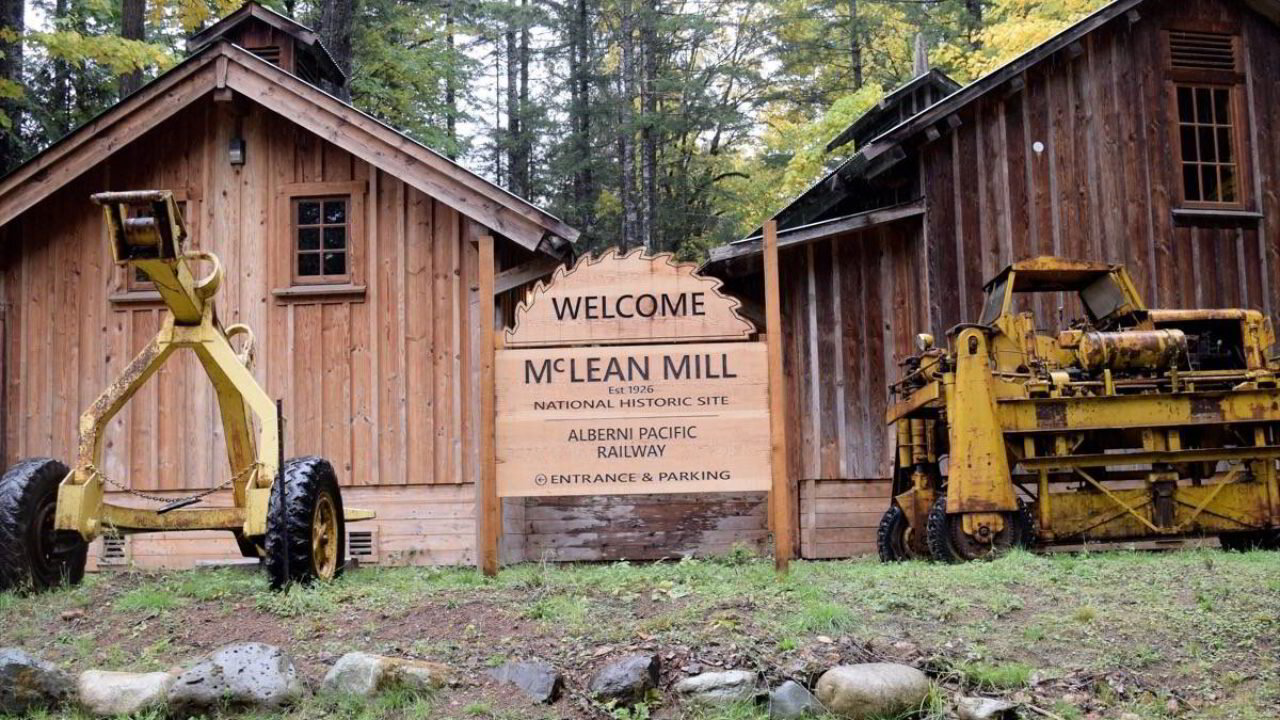

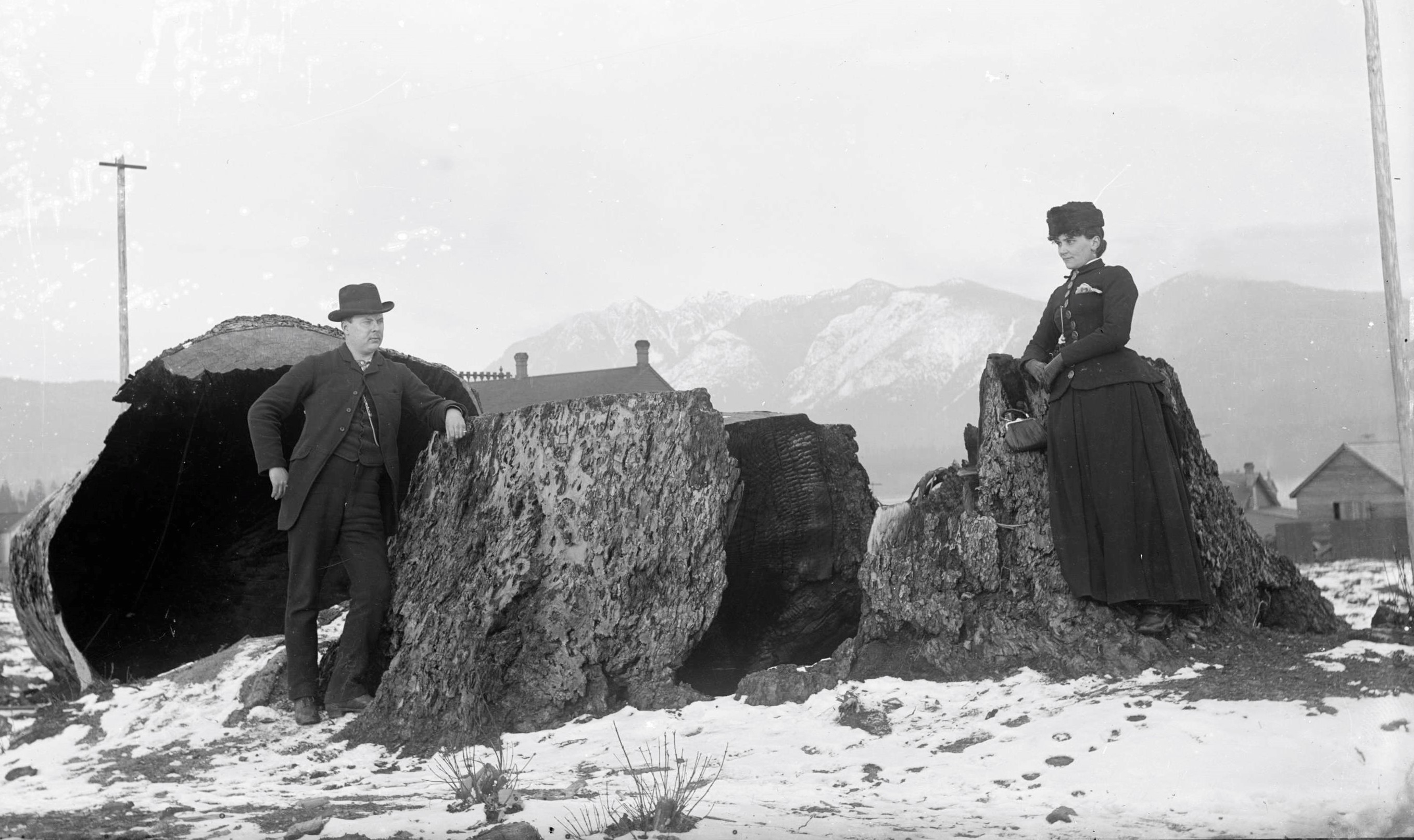



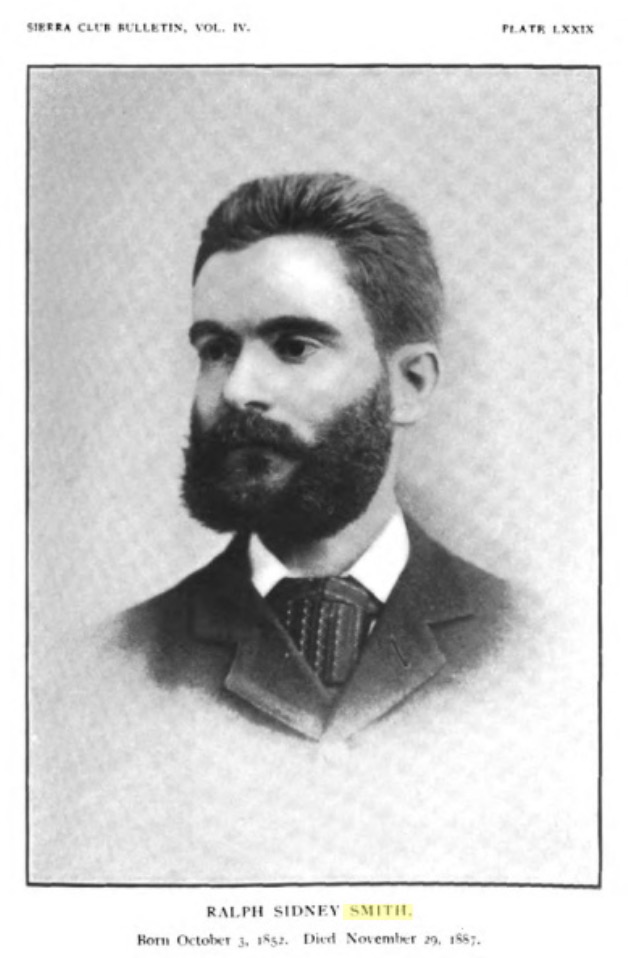









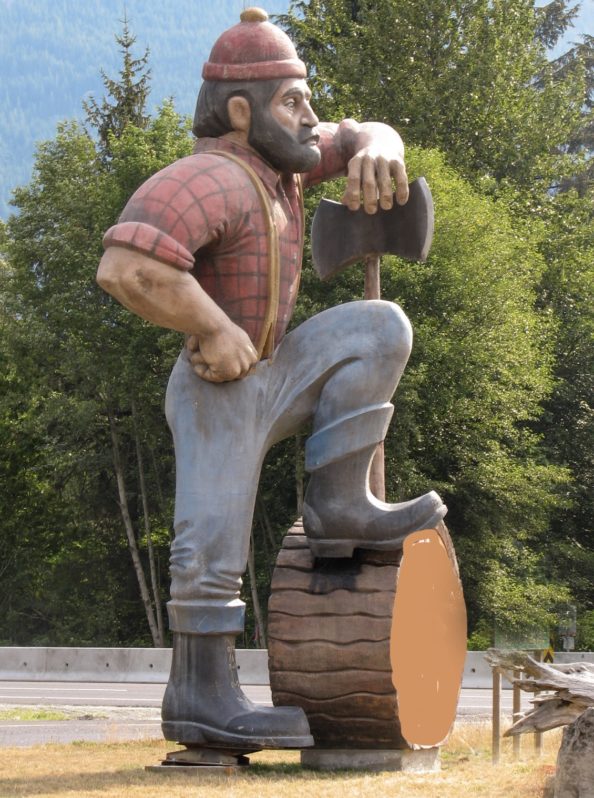 There are many contradictory myths about Northwoods lumberjacks and the work they did in the late 19th and early 20th centuries. They were depicted as hard-living, violent men, but also as upstanding, conservation-minded gentlemen. Recently, Willa Hammitt Brown, the author of the book “
There are many contradictory myths about Northwoods lumberjacks and the work they did in the late 19th and early 20th centuries. They were depicted as hard-living, violent men, but also as upstanding, conservation-minded gentlemen. Recently, Willa Hammitt Brown, the author of the book “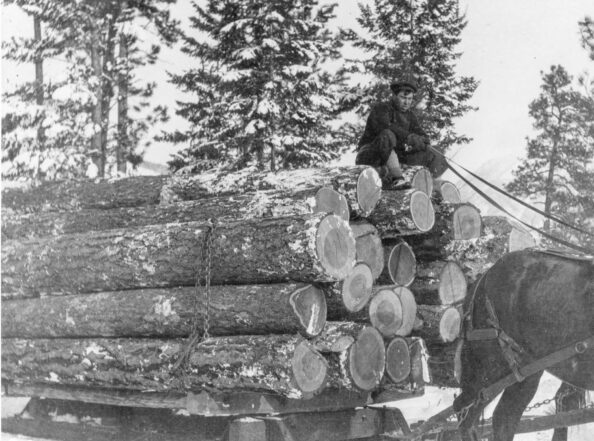 Among the wave of humanity that came to Canada in the 19th century were hundreds of thousands of Irish, some of whom ended up in Bradford. …Between 1815 and 1840, about 450,000 Irish migrated to the British North American colonies. Cheap labour was needed in lumber camps and for construction of the Welland Canal and the Rideau Canal. Canada represented a new hope. Irish migration was encouraged by leaflets circulated by Canadian lumber merchants and the British government. For their part, lumber merchants realized money could be made in loading their vessels with would-be settlers on the return trip from Britain. …Irish migration to Canada increased when Ireland was struck by the Potato Famine due to widespread starvation. During this period, more than one million Irish died from starvation and resultant diseases. Even more fled overseas, many to Canada. …In 1847 alone, at least 110,000 Irish left Irish and British ports for Canada. The tragedy is many didn’t make it. …On this St. Patrick’s Day, raise a toast to them.
Among the wave of humanity that came to Canada in the 19th century were hundreds of thousands of Irish, some of whom ended up in Bradford. …Between 1815 and 1840, about 450,000 Irish migrated to the British North American colonies. Cheap labour was needed in lumber camps and for construction of the Welland Canal and the Rideau Canal. Canada represented a new hope. Irish migration was encouraged by leaflets circulated by Canadian lumber merchants and the British government. For their part, lumber merchants realized money could be made in loading their vessels with would-be settlers on the return trip from Britain. …Irish migration to Canada increased when Ireland was struck by the Potato Famine due to widespread starvation. During this period, more than one million Irish died from starvation and resultant diseases. Even more fled overseas, many to Canada. …In 1847 alone, at least 110,000 Irish left Irish and British ports for Canada. The tragedy is many didn’t make it. …On this St. Patrick’s Day, raise a toast to them.
